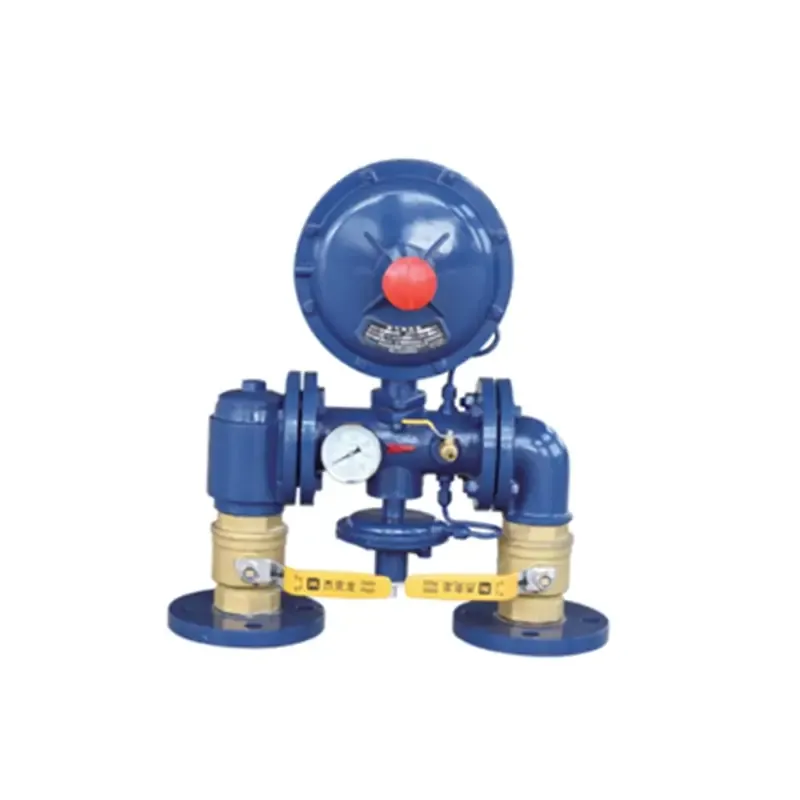
Dec . 10, 2024 08:55
Back to list
natural gas valve
The Importance of Natural Gas Valves in Modern Infrastructure
Natural gas is a crucial energy source in our contemporary world, fueling homes, industries, and power plants. As the demand for cleaner energy sources increases, natural gas has emerged as a favored alternative to coal and oil. However, the efficient and safe handling of natural gas is heavily reliant on various components, among which natural gas valves play a pivotal role.
Understanding Natural Gas Valves
Natural gas valves are devices used to control the flow of gas through pipelines, ensuring that it moves efficiently and safely from one place to another. These valves can regulate pressure, manage flow rates, and even shut off the gas supply during emergencies. Different types of valves, such as gate valves, ball valves, and butterfly valves, serve specific functions, catering to diverse applications across the natural gas supply chain.
Types of Natural Gas Valves
1. Gate Valves These are primarily used for on-off control. They allow or prevent the flow of gas without affecting the pressure significantly. Gate valves are known for their durability and low resistance when fully opened, making them suitable for high-flow settings.
2. Ball Valves These valves provide a quick shut-off capability, making them ideal for applications where rapid response is necessary. They are characterized by a spherical disc (the ball) that rotates to control flow. Ball valves are often used in residential and commercial settings for gas appliances.
3. Butterfly Valves Known for their compact design, butterfly valves are suitable for large volumes of gas. They consist of a rotating disc that regulates flow, and they have become increasingly popular due to their lightweight nature and cost-effectiveness.
4. Pressure Relief Valves Safety is paramount in the handling of natural gas, and pressure relief valves are designed to release excess pressure from gas systems. These valves prevent potential explosions by ensuring that the pressure remains within safe limits.
natural gas valve

5. Check Valves These valves ensure that gas flows in only one direction, preventing backflow that could compromise the system's integrity.
The Role of Valves in Safety and Efficiency
Natural gas valves are not merely functional components; they are critical to the overall safety and efficiency of gas distribution systems. Proper functioning of these valves mitigates risks associated with leaks, explosions, and pressure surges. Regular maintenance and inspection of valves are essential to detect wear and tear or corrosion, which could pose serious threats to safety.
Moreover, automated valve systems have revolutionized the natural gas industry. The integration of technology allows for real-time monitoring and control, enabling faster responses to leaks or pressure changes. SCADA (Supervisory Control and Data Acquisition) systems can remotely control valves, enhancing the operational efficiency of gas networks.
Environmental Considerations
As the global focus shifts toward sustainability, the natural gas industry is under pressure to minimize environmental impacts. Advances in valve technology have resulted in products that reduce methane emissions, which is crucial as methane is a potent greenhouse gas. Innovations such as smart valves, which can adjust flow based on demand and pressure, contribute to more efficient gas usage and lower environmental footprints.
Conclusion
Natural gas valves are integral to the safety, efficiency, and sustainability of modern energy infrastructure. With the ongoing transition to cleaner energy sources, their importance will only grow. Investing in high-quality valves and embracing new technologies will be pivotal as the natural gas industry evolves. As the world moves forward, ensuring that natural gas valves are adequately maintained and upgraded will be essential for a safe and reliable energy future. By prioritizing valve technology, we can enhance the operational integrity of natural gas systems while also addressing environmental challenges.
Next:
Latest news
-
Safety Valve Spring-Loaded Design Overpressure ProtectionNewsJul.25,2025
-
Precision Voltage Regulator AC5 Accuracy Grade PerformanceNewsJul.25,2025
-
Natural Gas Pressure Regulating Skid Industrial Pipeline ApplicationsNewsJul.25,2025
-
Natural Gas Filter Stainless Steel Mesh Element DesignNewsJul.25,2025
-
Gas Pressure Regulator Valve Direct-Acting Spring-Loaded DesignNewsJul.25,2025
-
Decompression Equipment Multi-Stage Heat Exchange System DesignNewsJul.25,2025

